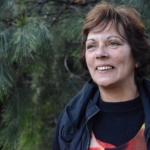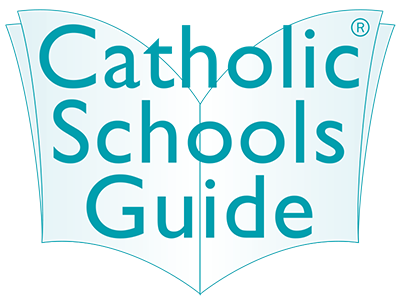News and Media

Opening Doors By Vicki Clark OAM
I ’m sitting on the sacred lands of my ancestors at Lake Mungo thinking about the time I w as sitting in the classroom. It is grade 4 and the teacher reads from a little book, an approved resource called ‘The Australian Aborigines’. Suddenly, the teacher reads, “The last full blood Aborigine died in Tasmania.” I was about 9 years of age my heart sunk. But what about my nanna, poppa, mum, aunties, uncles, cousins? They’re Aboriginal and so am I!
That was the education embedded into the minds of many generations at the time.
The door of opportunity opened when I w as invited to join a team of curriculum workers at the Catholic Education Office in Melbourne to r e-write the Aboriginal story that empowered teachers to educate through an Aboriginal lens. This curriculum w as bound in culture, kinship, sacredness of the land, ceremonies, rituals, truth telling and the L ore that governed us as Aboriginal Peoples is that w e are ‘equal in the whole of creation’.
Teachers were hungry to learn giving a dynamic shift to what w as taught in classrooms. Aboriginal families soon saw that Catholic schools were becoming culturally safe places to enrol their children, but the financial cost disempowered Aboriginal families. A small group of people heard about this injustice, so in 2001 they established the Opening the Doors Foundation to support families with books, uniforms and camps from prep to year 12. The program is still going and is currently receiving second generations applying for support.
What a different story my grandchild Inalah will experience in the classroom. As Inalah walks into the school grounds there is an Aboriginal flag flying high. An Acknowledgment Plaque recognises the traditional owners. There is Aboriginal artwork throughout the school, and Aboriginal Elders come to share stories of long ago with all of the children. Inalah learns about the local history long before the rabbits came. Her classroom, and all the other classrooms, are named after Aboriginal Elders who f ought for justice. Sacred artefacts are part of the liturgy in the Mass, her classroom has a prayer table that has an Aboriginal Cross and other cultural items on it, and during the y ear they celebrate great historical moments in our shared history. She comes home and talks to me about the stolen generations.
When Inalah is in grade 5 she will be commissioned with other students to be part of the FIRE Carrier program. FIRE carriers are students and teachers that share a passion for learning about Aboriginal culture and history. They are committed to sharing this knowledge and promoting reconciliation within and beyond the school community, in Catholic and Independent primary and secondary Victorian schools.
When I walk Inalah into the school yard as an Aboriginal grandmother, I expect nothing less f or my grandchild but to be taught to be pr oud of her identity and celebrate her culture across all curriculum areas.
As a 9 year old, I could never have imagined how radical, yet beautiful Aboriginal perspectives in the classroom would change. I could never imagine students from Catholic school would accept my invitation to walk in the footsteps of my Ancestors and join me on a 5-day immersion of spirituality at my sacred homelands at Lake Mungo.
When teaching through an Aboriginal lens our students ar e more spiritually richer than the generations before them.
It has opened doors that used to be closed.

Vicki is a Mutthi Mutthi Wamba Wamba woman who has dedicated decades of her life to increasing understanding of Aboriginal spirituality and defending the rights of Aboriginal people to express this spirituality in its many forms. Vicki has worked to embody Aboriginal culture within the Catholic Church and education system, and to improve educational outcomes for Aboriginal children and youth. She is committed to strengthening understanding between Aboriginal and non-Aboriginal Australians so that we may walk together towards reconciliation. For Vicki, there are two reasons for this. She has developed curriculum materials about Aboriginal perspectives, spirituality and history for schools so that Aboriginal children can feel culturally safe and, therefore, begin to thrive within classrooms. Additionally, she believes that educating non-Aboriginal children about Aboriginal perspectives is the most effective way of breaking down racist beliefs and behaviour in the wider community. Vicki believes children take their learning home to the family and that is where changes happen.

